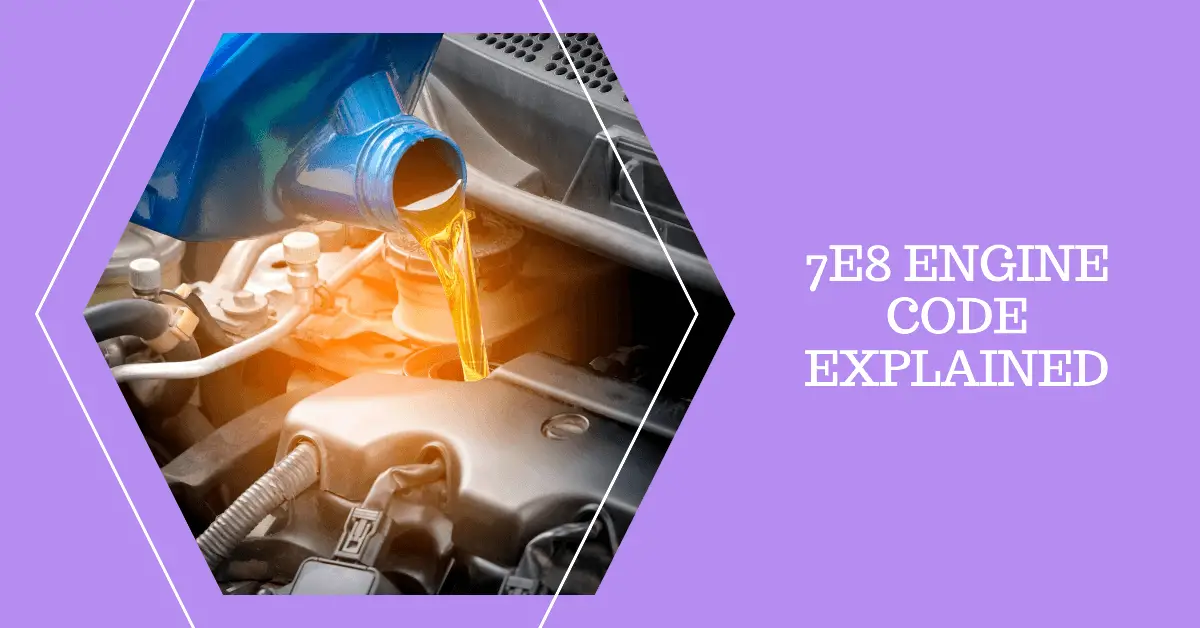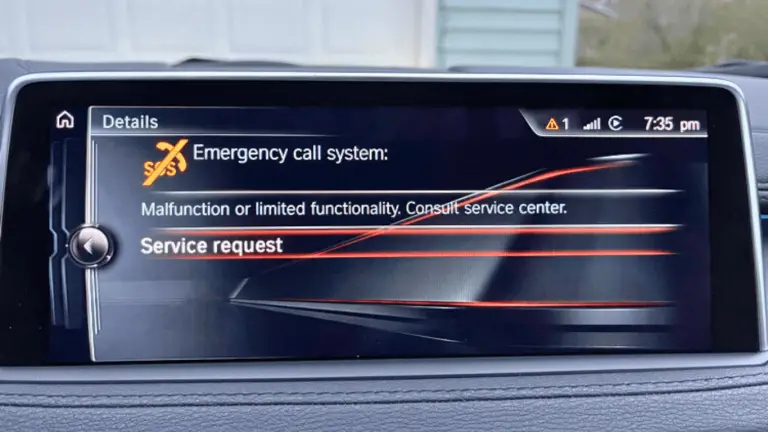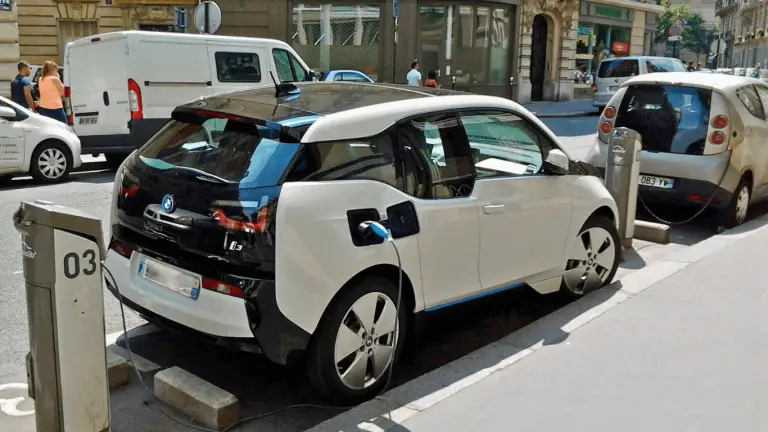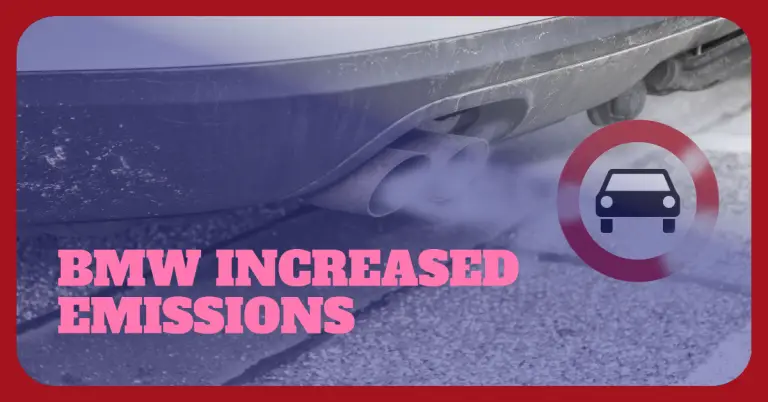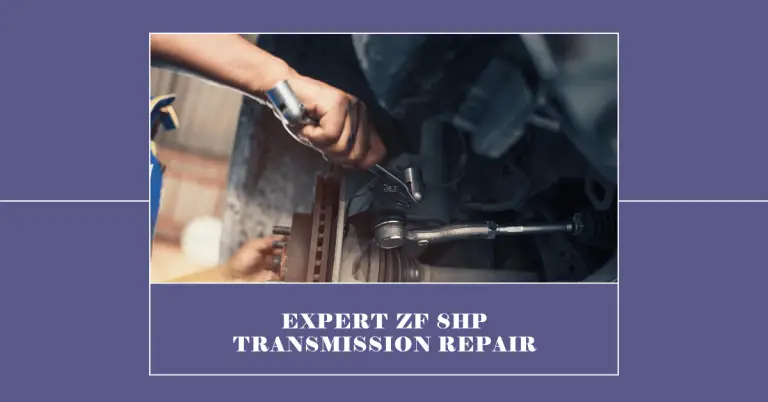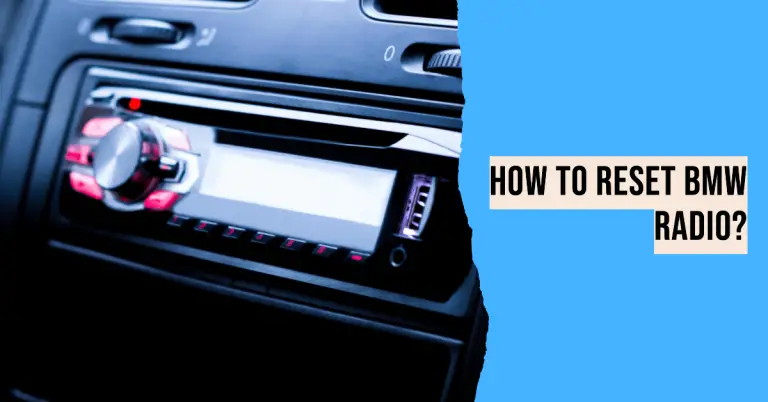7E8 Engine Code: What It Means and How to Fix It
Finding an unfamiliar engine code when you scan your car can be confusing and concerning. If your scan tool displays the 7E8 code, you probably have questions like:
- What does this trouble code mean?
- What’s causing the 7E8 engine code to show up?
- Is it safe to drive my car with this code?
- How do I diagnose and fix the problem?
The 7E8 code indicates an issue with the engine control module (ECM) circuit wiring or the ECM itself. By following some diagnostic steps and repairs, you can often resolve it yourself or with the help of a mechanic.
This complete guide will explain everything you need to know about that mysterious 7E8 code: what causes it, what symptoms to look for, how to diagnose it, and the steps to fix it. We’ll also answer some common questions about the 7E8 trouble code.
If you just want a quick solution, you can jump ahead to the “How to Fix 7E8 Engine Code” section. Otherwise, keep reading to learn how to troubleshoot the 7E8 code in detail.
What Does the 7E8 Code Mean?
The 7E8 code is a diagnostic trouble code (DTC) that indicates an issue within the engine control system.
Specifically, 7E8 signifies that there is a problem with the engine control module (ECM) control circuit. This refers to the wiring and connections between sensors and the ECM.
The ECM, also called the powertrain control module (PCM), is the computer that controls most of your engine management functions. It monitors many different car systems and coordinates the engine, transmission, fuel system, emissions controls, and more.
For the ECM to operate properly, it relies on getting accurate input signals from various engine sensors through the wiring harness. These include:
- Throttle position sensor
- Manifold absolute pressure sensor
- Camshaft position sensor
- Crankshaft position sensor
- Oxygen sensors
- Mass airflow sensor
and other sensors throughout the engine.
The ECM continuously analyzes data from these sensors and makes adjustments to engine operation. It controls functions like fuel injection timing, ignition timing, valve timing, and idle speed.
When there’s an issue with the ECM control circuit, it can’t properly gather or interpret input signals from sensors. This leads to engine running problems, poor performance, and error codes like 7E8.
So in summary, the 7E8 code essentially means there is a wiring fault or electrical connection issue that is disrupting communication between the ECM and other parts of the engine management system.
What Causes the 7E8 Code?
There are a few different possible causes for the 7E8 trouble code:
Faulty Engine Control Module
One of the most common reasons for the 7E8 code is a problem with the ECM itself. The ECM may have failed or become damaged, causing it to malfunction.
ECM issues can develop due to:
- Power surges – A sudden power spike can damage the ECM’s sensitive internal components.
- Overheating – Excessive heat buildup can warp or melt the circuitry inside the ECM. Cooling system problems can lead to overheating.
- Short circuits – Shorts and faulty grounding in the ECM wiring harness can fry the electronics.
- Water exposure – Getting wet can corrode the ECM casing and circuit board.
- Age and wear – The ECM eventually wears out after years of use. Vibration during driving accelerates deterioration.
Any of these factors can lead to a malfunctioning ECM setting 7E8 and other codes. Replacing the faulty ECM is often necessary to resolve this.
Bad Wiring
Since the 7E8 code indicates an ECM circuit problem, damaged wiring is a prime suspect. Issues in the ECM wiring harness can prevent proper communication.
Potential wiring problems leading to 7E8 include:
- Frayed, broken, or pinched wires – Damage from wear and tear over time or accidental contact. This disrupts the signals.
- Loose, corroded, or burnt connections – Connectors that aren’t firmly mated or are corroded cause high resistance and connection faults.
- Short circuits to power or ground – Bare wires contacting the body or each other creates shorts that can send incorrect signals to the ECM.
- Open circuits – Complete breaks in a wire or connections prevent any signals from getting through.
- EMI interference – External sources of electromagnetic interference (EMI) like the ignition system can create signal noise and disrupt communication.
Checking over all wiring and connectors associated with engine sensors is an important step in diagnosing a 7E8 code. Any damaged wiring found will need to be repaired or replaced.
Weak Battery
An undercharged or failing battery causing low system voltage can also set a 7E8 code.
The ECM requires steady voltage around 12-14V to operate normally. When the battery output drops too low:
- Sensor signals get weak and distorted. The ECM can’t understand them properly.
- The ECM memory gets corrupted or erased, leading to malfunctions.
- The ECM reboots repeatedly as voltage fluctuates, disrupting operation.
Before condemning the ECM for a 7E8 code, it’s a good idea to test the battery and charging system. A battery replacement or recharge may be all that’s needed in some cases.
What are the Symptoms of a 7E8 Code?
When the 7E8 engine code first shows up, you may notice some driving symptoms and warning signs:
- Check Engine Light comes on – This is usually the first and most obvious sign of an issue. The ECM turns on the Check Engine indicator when it detects a problem.
- Engine runs rough – With the ECM unable to properly control ignition timing and fuel delivery, the engine may run unevenly, misfire, surge, hesitate, or stall.
- Lack of power – Faulty sensor signals prevent optimal performance. The engine may feel underpowered.
- Other error codes – Related codes like P0650 (malfunction indicator lamp control circuit) often accompany a 7E8.
- OBD trouble code reader shows 7E8 – Scanning the ECM with an OBD2 scanner will confirm the 7E8 as a logged diagnostic trouble code.
- No start – In some cases with a severely malfunctioning ECM, the engine may not start at all.
If you notice any of these warning signs, it’s wise to scan for codes and diagnose the issue promptly to avoid further problems. Once the 7E8 code sets, it will remain logged by the ECM until reset.
Is it Safe to Drive with a 7E8 Code?
The short answer is: maybe, but it’s not recommended.
It really depends on what exact issue is causing the 7E8. Driving with an ECM not working properly could lead to further damage in some cases.
For example, a major wiring short or severed connector could quickly lead to an engine stall or shutdown on the road. That makes driving unsafe.
However, a minor wiring degradation or weak battery may only cause occasional hiccups in performance. The car may seem drivable even with the warning light on.
But it’s impossible to know the true extent of the problem without proper diagnosis. Even if it seems safe, the fault could worsen unexpectedly.
To avoid being stranded, it’s best to have the 7E8 code inspected and repaired promptly. Follow the troubleshooting steps below or have a professional technician diagnose it.
How to Diagnose a 7E8 Engine Code?
Diagnosing the issue causing a 7E8 trouble code requires methodically checking each possible factor:
Step 1: Read Codes with an OBD-II Scanner
The first step is to confirm the 7E8 code is active in the ECM. Reading the stored diagnostic codes using an OBD2 scanner is fast and straightforward:
- Connect your scanner to the OBD port, usually found under the dash. Turn the ignition on.
- Select the Read Codes or Diagnostic Trouble Codes function on your scanner.
- Write down any codes displayed. 7E8 indicates an ECM control circuit issue.
- Check Pending and History codes too – these can point to recent or recurring problems.
The scanner may also retrieve freeze frame data, which shows sensor values when the code first set. Compare readings to specifications to spot irregularities.
Step 2: Do a Visual Inspection
With the trouble code(s) confirmed, thoroughly examine the ECM wiring harness and connectors:
- Look for any chafed, cut, pinched or burnt wires. Heat damage may indicate a short circuit.
- Make sure connectors are fully latched and secured, with no bent or spread pins.
- Check for green or white corrosive deposits indicating moisture intrusion.
- Inspect places where wiring may rub against metal edges for wear. Use zip ties to secure loose sections.
- Verify wires have enough slack and aren’t stretched tightly when opening things like the hood.
Damaged or degraded wires and connectors can interrupt the ECM control circuit. Repairing wiring faults found at this stage often resolves a 7E8 code.
Step 3: Test the Battery
Use a digital multimeter to measure the battery’s voltage and performance:
- With engine off, check voltage. It should show 12.4-12.6V. Much less could indicate a bad cell.
- Crank the starter and note voltage – it shouldn’t drop below 9.6V during cranking. Lower suggests a weak battery.
- Turn headlights on and recheck voltage. A large dip may mean a faulty alternator isn’t charging sufficiently.
If it fails any of these tests, the battery needs more extensive testing. Charge fully or have it load tested at an auto parts shop. Replace it if defective.
Step 4: Check Ground Connections
Poor grounding can also cause electrical gremlins that set ECM codes like 7E8. Ensure these ground points are clean and secure:
- Negative battery terminal and ground strap.
- Engine block to chassis ground strap.
- ECM ground pin in the wiring harness.
- Sensor grounds – many attach directly to the engine block.
Check continuity between ground points and the negative battery terminal with a multimeter. Tighten or clean as needed until readings show continuity.
Step 5: Advanced Electrical Testing
If the above checks don’t reveal the issue, more advanced diagnostics may be required:
- Use a multimeter to check pins in the ECM harness connector for shorts, opens or incorrect voltages compared to a wiring diagram.
- Perform resistance tests on sensors to see if they are functioning within specification.
- Graph sensor data with a scope to look for dropouts or abnormal patterns indicating a faulty component.
- Conduct an ECM power and ground signal test to check for adequate voltage during operation.
These tests pinpoint whether the issue lies with the wiring, sensors, or the ECM itself. At this stage it’s wise to enlist a professional mechanic or dealership technician if you lack specialized tools and training.
How to Fix 7E8 Engine Code?
Once the root cause is found through diagnosis, you can fix the 7E8 with one of these corresponding repairs:
Fix Damaged Wiring
Carefully repair any corroded connections or damaged wires uncovered during inspection:
- Replace burnt or shorted wires. Use heat-resistant wiring if near hot components.
- Solder and seal any wires with broken strands to permanently repair.
- Replace aged, cracked connectors. Apply dielectric grease during reassembly to prevent corrosion.
- Protect chafed sections with wire loom. Wrap exposed wires with electrical tape as a temporary fix.
Proper wiring repairs that get connections back to factory condition will resolve many 7E8 causes.
Clean Corroded Connections
For green crusty battery-type corrosion on terminals:
- Disconnect connector and remove corrosion with a wire brush.
- Clean with baking soda & water solution, electrical contact cleaner spray, or sandpaper.
- Apply dielectric grease to the contacts and reconnect. Ensure a snug fit.
Deal with mild surface corrosion on pins by gently scraping off with an X-acto knife or fine sandpaper. Don’t damage the metal beneath.
Replace the ECM
If diagnosis points to an internal failure, replacing the faulty ECM is required to get rid of code 7E8:
- Order an OEM remanufactured ECM from the dealership or a reputable auto parts store to ensure you get a quality part.
- Install the new ECM and reconnect all connectors.
- Re-enter the vehicle VIN, mileage, and other data into the replacement module.
- Test drive the vehicle and recheck for codes. The new ECM should operate correctly without 7E8 returning.
An experienced technician is recommended for ECM installation to program it properly for your vehicle.
Recharge or Replace the Battery
If low voltage is determined to be the culprit:
- Fully recharge the battery and load test to see if it holds a charge.
- If it fails testing or is over 3-5 years old, replacement is the wise option.
- Install a new battery of the same group size and cold cranking amps (CCA) rating as the original.
Once the battery is charging properly again, the electrical system voltage will stabilize and reset any ECM codes thrown.
Verify Repairs Fixed the Problem
After any repairs, clear codes with a scanner and road test at different speeds. Then rescan the ECM:
- The 7E8 code should stay gone after repair if the fix was complete.
- If it comes back right away, a problem still exists and requires more diagnosis. Don’t ignore it.
- Check for any other pending codes too that may share a common cause. Address these as well.
It’s crucial to confirm the 7E8 is permanently erased to ensure the ECM circuit wiring fault is fully resolved.
Frequently Asked Questions about Code 7E8
What are the Most Common Causes of a 7E8 Code?
The most frequent reasons for a 7E8 trouble code are wiring harness damage, ECM failure, low system voltage, or faulty sensor connections. doing thorough visual checks and electrical testing can usually determine the exact cause.
Is it Safe to Drive with a 7E8 Engine Code?
It’s generally not a good idea to drive with this code active. An ECM wiring problem can potentially lead to a breakdown or worse issues like an engine stall. It’s best to diagnose and repair the 7E8 code promptly. Carefully driving short distances to a shop may be okay.
How Much Does It Typically Cost to Fix Code 7E8?
Minor repairs like fixing a corroded ground or wiring connector can be DIY for $10-50 in supplies. Bigger jobs like ECM replacement can be $400-1000+ for parts and labor. Prices depend on the specific vehicle and cause.
Can a Bad Battery Cause a 7E8 Code?
Definitely – a weak battery that’s not maintaining proper system voltage can cause ECM and sensor problems. Getting the battery tested and fully charged or replaced if defective can often resolve a 7E8 code related to low voltage.
Does Disconnecting the Battery Reset the Check Engine Light and 7E8 Code?
While disconnecting the battery may temporarily turn off the check engine light, it does NOT clear the underlying 7E8 trouble code causing it. A scan tool is required to erase engine codes and reset the ECM after repairing the problem.
Conclusion
Finding an unfamiliar engine code on your dashboard is understandably alarming. While the 7E8 ECM control circuit code can signify some potentially serious issues, with the right approach it’s often fixable.
Following the diagnostic steps outlined in this article will methodically lead you to the root cause – whether it’s damaged wiring, low voltage, sensor faults, or an ECM failure. In many cases, DIY repairs are possible and far cheaper than the dealership.
The most important thing is not to ignore the 7E8 trouble code when it appears. Driving with ECM problems could lead to breakdowns or further damage. By understanding what this code means and how to troubleshoot it, you’ll be equipped to get your car back on the road safely.

